Gold price waits for rates clues from Jackson Hole
Political turmoil in the US has the potential to 'help gold in the short and longer term'
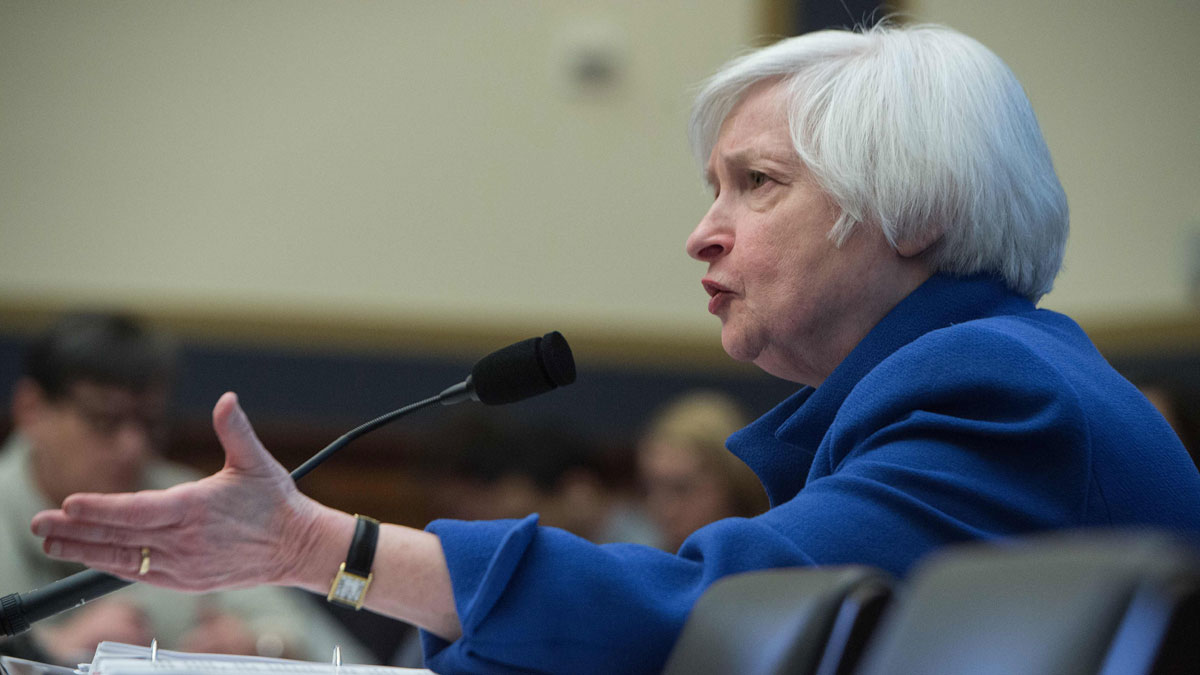
Gold price: why betting on a fall is high-risk
15 December
The gold price is falling ahead of the US Federal Reserve's decision on interest rates, which will come at the end of a two-day meeting starting today.
Rate-setters are expected, finally, to increase rates from the record low they've been stuck at for seven years, the first hike in nearly a decade. Non-yielding commodities like gold do not like higher interest rates, which boost income-generating assets.
The Week
Escape your echo chamber. Get the facts behind the news, plus analysis from multiple perspectives.

Sign up for The Week's Free Newsletters
From our morning news briefing to a weekly Good News Newsletter, get the best of The Week delivered directly to your inbox.
From our morning news briefing to a weekly Good News Newsletter, get the best of The Week delivered directly to your inbox.
So the yellow metal has dutifully begun to fall. It fell below $1,060 an ounce during Monday's session in New York and then again in London this morning, only a few dollars above the six-year low it reached at the beginning of this month.
The price was hovering in the low $1,060 this morning, around $10 below its recent support levels.
But there may be a surprise in store for investors. The rates hike is so widely expected that it is thought to have been fully priced-in and traders are more likely to react to the broader tone of the communique in relation to future rises.
If a dovish message indicates a very gradual pace, then markets may defy convention.
A free daily email with the biggest news stories of the day – and the best features from TheWeek.com
The dollar, against which gold is a hedge, may fall – or any rise may be muted. Gold itself may do what it did after a strong jobs report two weeks ago boosted hopes of a rates increase and take a surprising upwards turn.
With a huge bet currently in place on lower prices, 'short' covering would amplify the shift and could make a rise substantial.
And then, of course, there is the chance that the Fed will lose its nerve in the face of the latest commodities tumble with all its deflationary implication. Mining.com reckons markets are giving a one-in-five chance rates will be held – and if that happened gold would be expected to soar.
"Dealers and speculators are trying to second-guess what the market's reaction to the expected Fed rate hike on Wednesday will be and are reading the price, in line with the technical picture, as downwards," Julian Phillips, founder of and contributor to GoldForecaster.com, told MarketWatch.
"But such plays are high-risk ones, for if the Fed does not affect the dollar exchange rate they will have to unwind their positions in the face of a market going the other way."
Most still view the medium-term picture as bearish. Inflation, against which gold is also a hedge, will remain weak for a while; the dollar is strong and likely to remain so for some time.
This will likely drag gold down to $1,000 or below by early next year, a number of analysts have predicted. Where it will go between now and then is far less certain.
Gold price set for rise and fall on rate hike
14 December
The gold price is fluctuating ahead of the Federal Reserve meeting later this week, but has dipped below the lower threshold of its recent range.
Having risen initially in Asian trading overnight to as high as $1,076 an ounce, spot gold fell several dollars to around where it had begun the day, then dropped again in the first few hours in London this morning, to around $1,068.
The price has been rooted within a range between $1,070 and $1,080 ahead of this week's crucial Federal Reserve interest rates vote.
The Fed's Open Market Committee meets tomorrow and delivers its decision on Wednesday. It is widely expected it will increase the base interest rate for the first time in nearly a decade, marking the first move from a post-crisis record low established more than six years ago.
Gold typically reacts poorly to a rates hike, as it makes alternative income-generating assets more attractive and boosts the US dollar, against which the metal is negatively correlated.
That it is currently steady is an indication, say many analysts, that the rates hike has been so widely trailed that it is thoroughly 'priced-in'. In fact, gold could even rise immediately after the decision.
But, after a three-year losing streak, the rates increase is likely to mean the downwards trend will continue at least through the first half of next year.
Reuters quotes Mark To, head of research at Hong Kong's Wing Fung Financial Group, as predicting: "Gold prices could go up immediately following the rate hike announcement due to the recent sharp declines, but they will eventually drift lower to $1,000 [an ounce]."
Many observers have been forecasting a fall to around $1,000 in early 2016 – and on Friday, Bank of America Merrill Lynch said it expected the gold price to hit $950 an ounce in the early months of next year, before recovering.
A rally in the second half of 2016 could see it end next year higher than it started for the first time in four years. Of course, if the Fed fails to increase rates on Wednesday, the faith in its forward guidance will be shaken severely - and gold could surge.
Gold price: bets mount that price will fall to $1,000
10 December
The gold price flattered to deceive on Wednesday, initially jumping more than $10 before settling essentially unchanged for the day.
Having started out around $1,075 an ounce in London, the metal at one point touched $1,085 before falling back to a modest loss. It eventually ended its New York session at $1,076, but softened back to $1,074 in Asia overnight.
Several underlying trends are driving the volatility in the gold price. The dollar has weakened in recent sessions, with the index comparing the greenback to a basket of other currencies falling from above 100 to around 97. A weaker dollar is typically good news for gold.
Then there is inflation. The oil price has slumped again this week and closed lower for the fourth consecutive session on Wednesday. Energy prices have been one of the key drag effects on consumer prices in the past year and the latest leg lower could keep them subdued.
Gold is often a hedge for inflation, so this is bad news for the yellow metal.
Overlaying all of this is the heavy expectation that the Federal Reserve will raise interest rates next week. Gold has slipped nine per cent this year, Reuters notes, on mounting speculation that borrowing costs will rise, which will boost income-generating assets at the expense of non-yielding commodities.
The net result, David Govett, head of precious metals at Marex Spectron, told the Wall Street Journal, is "thin and nervous conditions, with the market pretty much bang in the middle of the range" between $1,070 and $1,080.
What happens if rates do rise is now the big question. Reuters says there is a huge bet in place by institutional investors that the price will fall to $1,000. Mining.com adds that the largest gold ETF in the world, SPDR Gold Shares, is haemorrhaging assets.
But others argue these movements show the rise is now priced in. In fact, Natixis analyst Bernard Dahdah said there may even be "some support" for the metal if the Fed signals that this hike will be the last for some time.
And if the Fed disappoints again there is quite a lot of 'short' money that will need covering quickly so there could be a sharp surge.
Gold price: why it is defying trends
08 December
The gold price fell back on Monday after a sharp rally at the end of last week, keeping it only modestly above a recent multi-year low.
It was a relatively rare example in recent sessions of the asset behaving as the market expects.
The bounce on Friday, for instance, came after a stronger-than-expected jobs report that convinced most traders the Federal Reserve will now increase interest rates in a little over a week's time.
Non-yielding gold tends to fall when rates rise, as it becomes comparatively unattractive next to income-generating assets.
Instead of doing that, it rose by more than $20 to $1,086 an ounce. Yesterday, amid a wider commodities rout, it fell back to around $1,073.
What is going on?
There are two dynamics over and above the impending rates increase which are driving gold: the dollar and the distorting effects of a huge bet on a price fall to come.
The dollar has remained at historical highs for a number of sessions, marking its best period in several years.
Gold moves in the opposite direction to the dollar, against which it is used as a hedge, so when the currency fell on Friday due to a surge in the euro, the precious metal advanced. The dollar was back on form yesterday.
As for the bet on a lower price, Mining.com notes that hedge funds are currently invested into their biggest ever 'short' position, which pays out if the price falls. The rally on Friday was so strong because of a modest amount of 'covering' of these positions after gold defied predictions and moved upwards.
Where to from here?
Funds are still in a record short position, so there is heavy expectation of a price fall to come. But this is also ammunition for a big bounce if the Fed disappoints again and opts to hold.
Some reckon everything is now priced-in; the consensus is that an actual rate rise will trigger a sell-off.
The long and the short of it is that the trend will be unpredictable in the lead-up to the meeting - but most suggest if the Fed holds its nerve there will be a subsequent tumble.
Depending on the dollar movements, there is a chance that more short-covering could even push the price up towards $1,100 in the run up to next Wednesday, MKS Group trader Sam Laughlin told FX Empire.
But he added: "Goldman Sachs and JP Morgan continue to forecast gold prices below the $1000 price in early 2016."
Gold price: is a rates hike finally priced-in?
04 December
Everything had been going as one might have expected. A crucial non-farms payroll report came in strong, analysts proclaimed that a rates rise next month is now all but assured and the gold price… rose.
In theory non-yielding assets like gold do not react well to increasing rates, as they look less attractive relative to income-bearing assets. The metal also moves in the opposite direction to the dollar by convention, as it is traded as a safe-haven pseudo-currency and a hedge for the greenback.
This latter explains why gold confounded expectations. Despite the non-farms payroll report beating expectations with 211,000 new jobs – and an October revision taking that month to a massive 298,000 - the dollar barely moved.
About an hour after the report was published the currency had advanced around 0.25 per cent against the pound and 0.1 per cent against the euro.
Gold had risen only modestly while the dollar fell sharply from a multi-year high on Thursday, amid a market tantrum over central bank stimulus in Europe. Today as the dollar laboured it made some belated stronger gains and rose around 1.7 per cent to $1,080.
The Financial Times's FastFT notes this subdued reaction is partly because the jobs report was expected to be strong – and in any case it would have taken a terrible reading for traders to shift from a prediction that rates will rise.
In short, a hike may now be priced in, which could be good news for gold investors as it might cap the downside risk.
Elsewhere, Deutsche Bank's Alan Ruskin told the FT the muted currency markets might be because of the huge shift on Thursday, which saw dollar investors rapidly unwind trades that had taken it to a seven-month high. "The FX market looks gun shy after an epic Thursday," he said.
Predicting what gold will do is proving to be a tricky business of late. All eyes will be on the reaction on 16 December, if and when the Fed does actually make a rate rise a reality.
-
 Trump tightens restrictions for work visas
Trump tightens restrictions for work visasSpeed Read The length of work permits for asylum seekers and refugees has been shortened from five years to 18 months
-
 Stopping GLP-1s raises complicated questions for pregnancy
Stopping GLP-1s raises complicated questions for pregnancyThe Explainer Stopping the medication could be risky during pregnancy, but there is more to the story to be uncovered
-
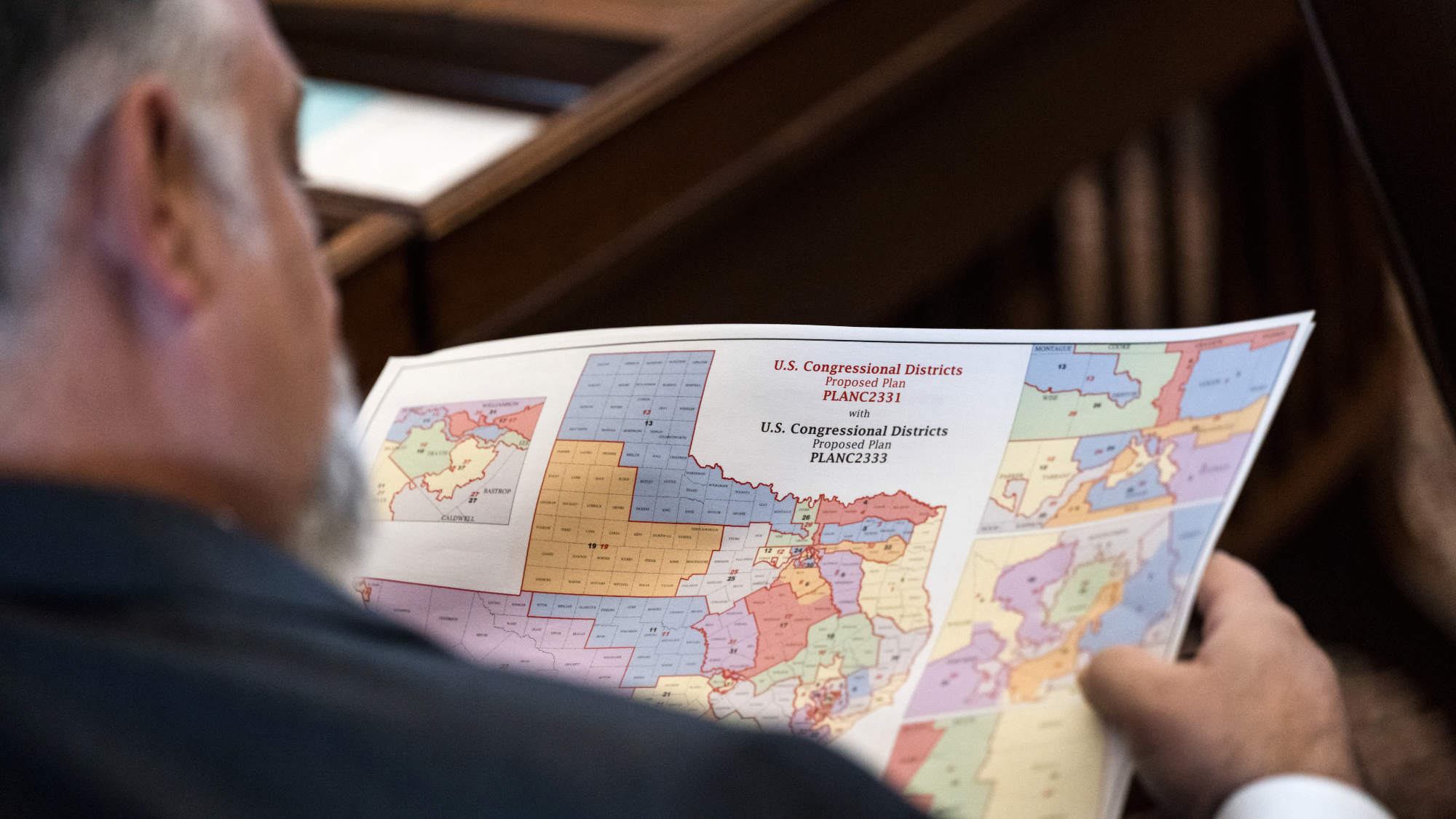 Supreme Court revives Texas GOP gerrymander
Supreme Court revives Texas GOP gerrymanderSpeed Read Texas Republicans can use the congressional map they approved in August at President Donald Trump’s behest
-
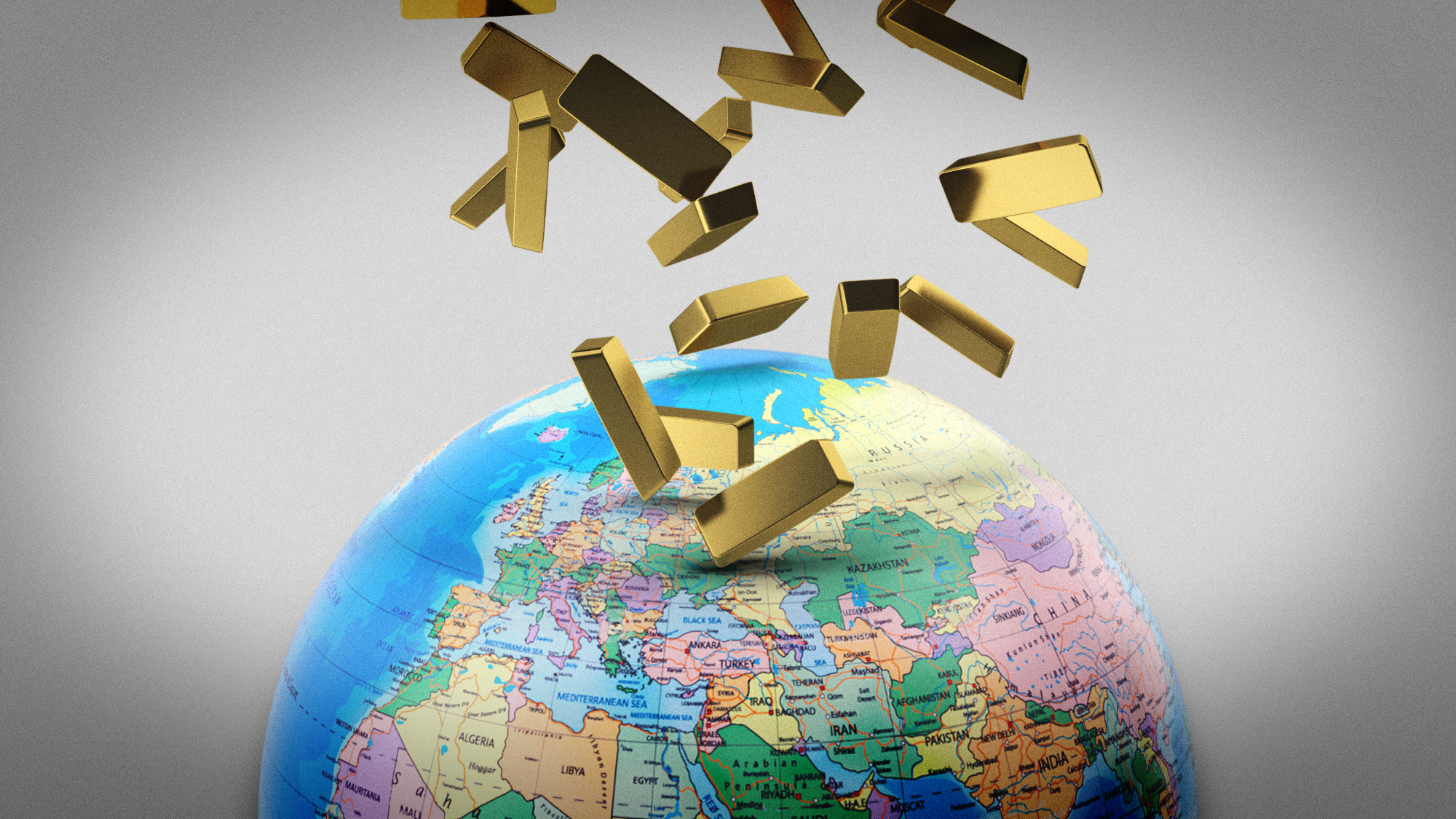 What a rising gold price says about the global economy
What a rising gold price says about the global economyThe Explainer Institutions, central banks and speculators drive record surge amid ‘loss of trust’ in bond markets and US dollar
-
 Gold tops $4K per ounce, signaling financial unease
Gold tops $4K per ounce, signaling financial uneaseSpeed Read Investors are worried about President Donald Trump’s trade war
-
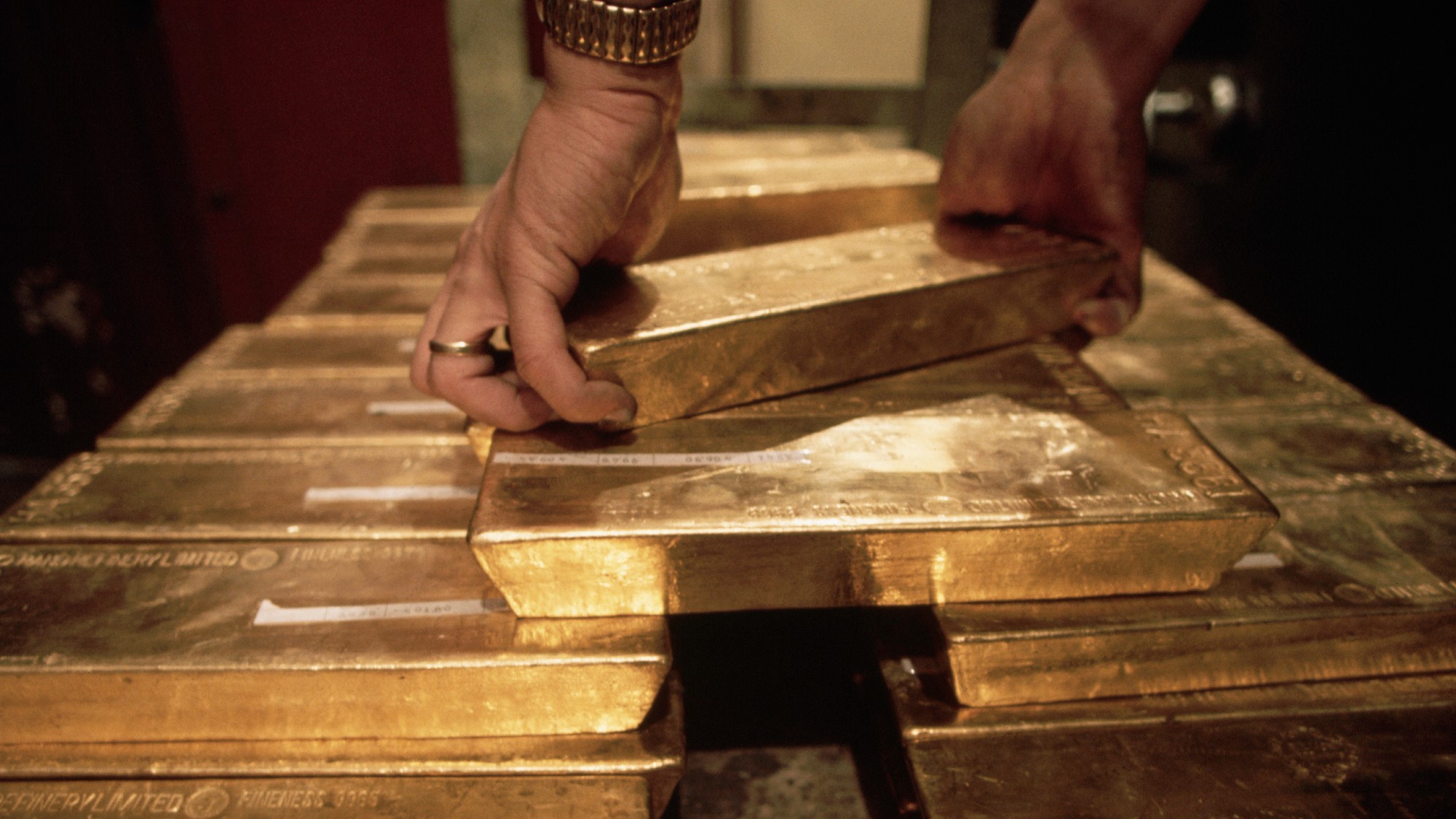 Safe harbor: Gold rises as stocks sink
Safe harbor: Gold rises as stocks sinkfeature It's a golden age for goldbugs
-
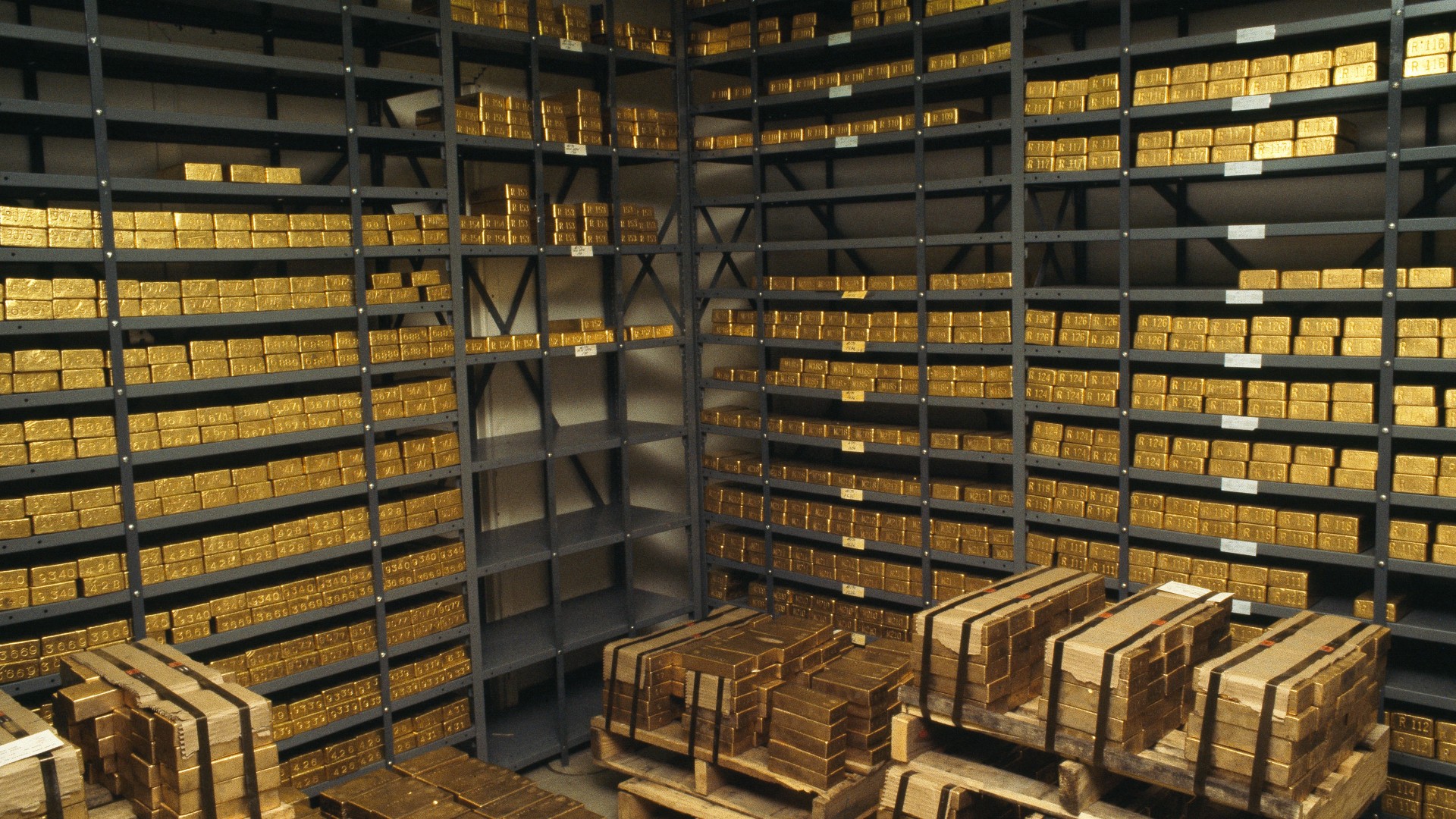 What rising gold prices can tell us about the economy in 2024
What rising gold prices can tell us about the economy in 2024The Explainer Market hits all-time high, boosted by a weakening US dollar and rising global tensions
-
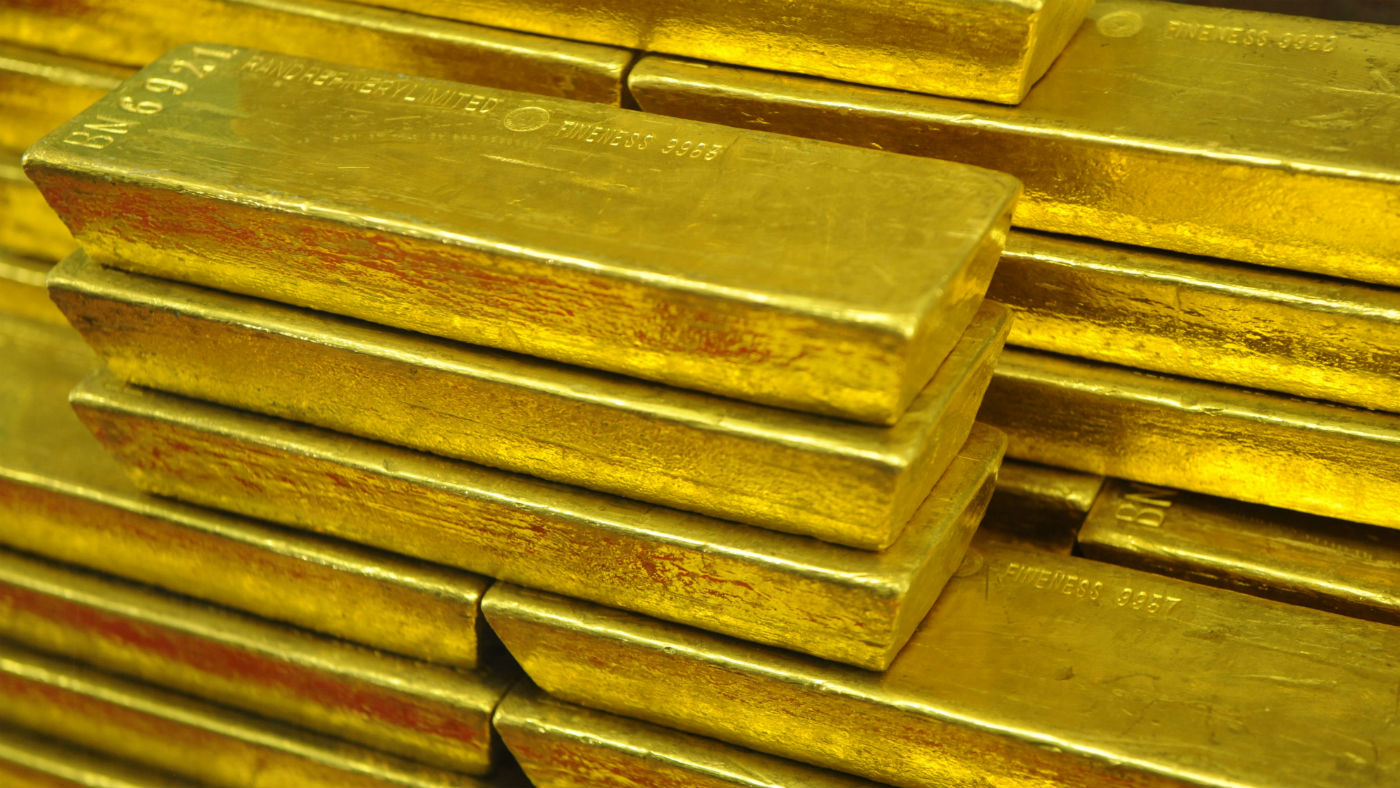 Gold’s ‘flash crash’: what the experts think
Gold’s ‘flash crash’: what the experts thinkfeature Bad news, good news and a loss of faith
-
 What is the price of gold and when is best to buy?
What is the price of gold and when is best to buy?Speed Read Economic and geopolitical uncertainty traditionally drives investors to reliable metal markets